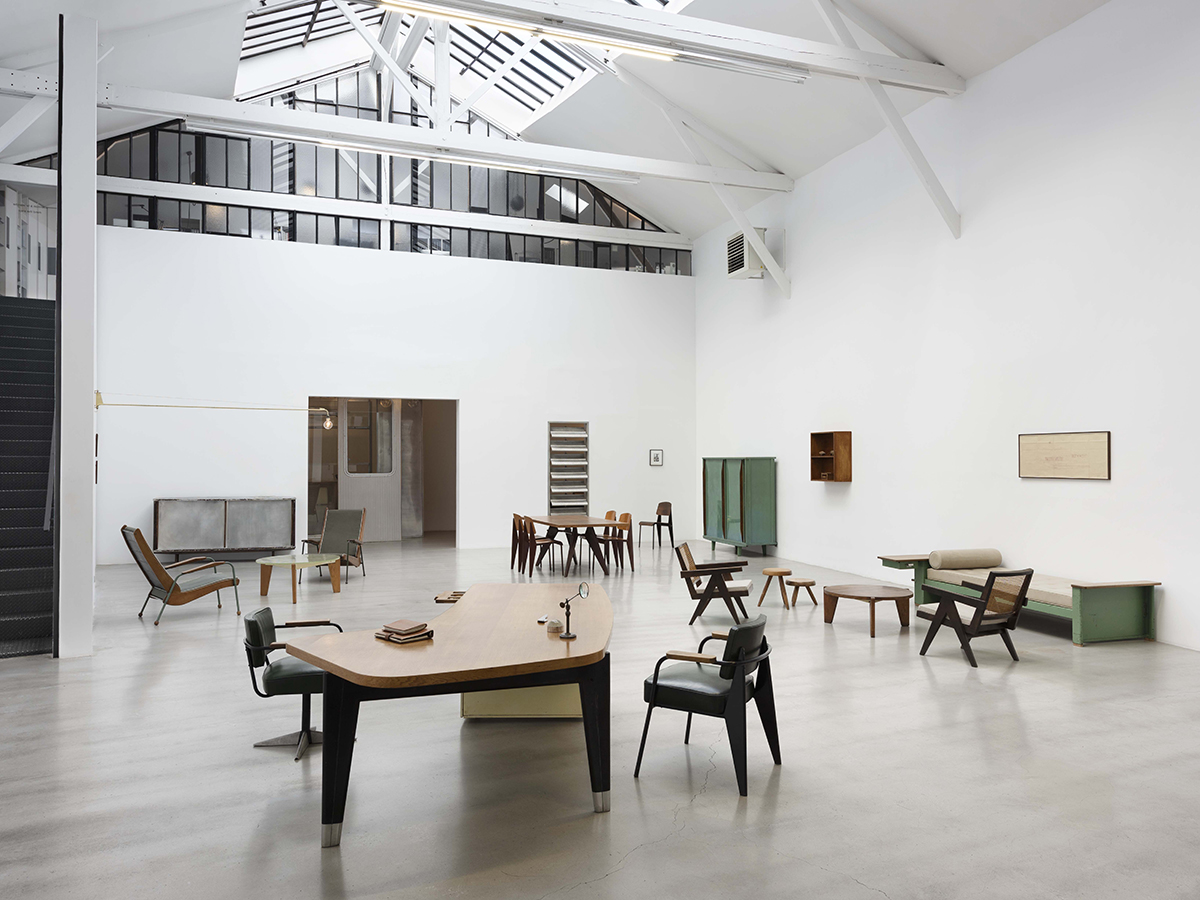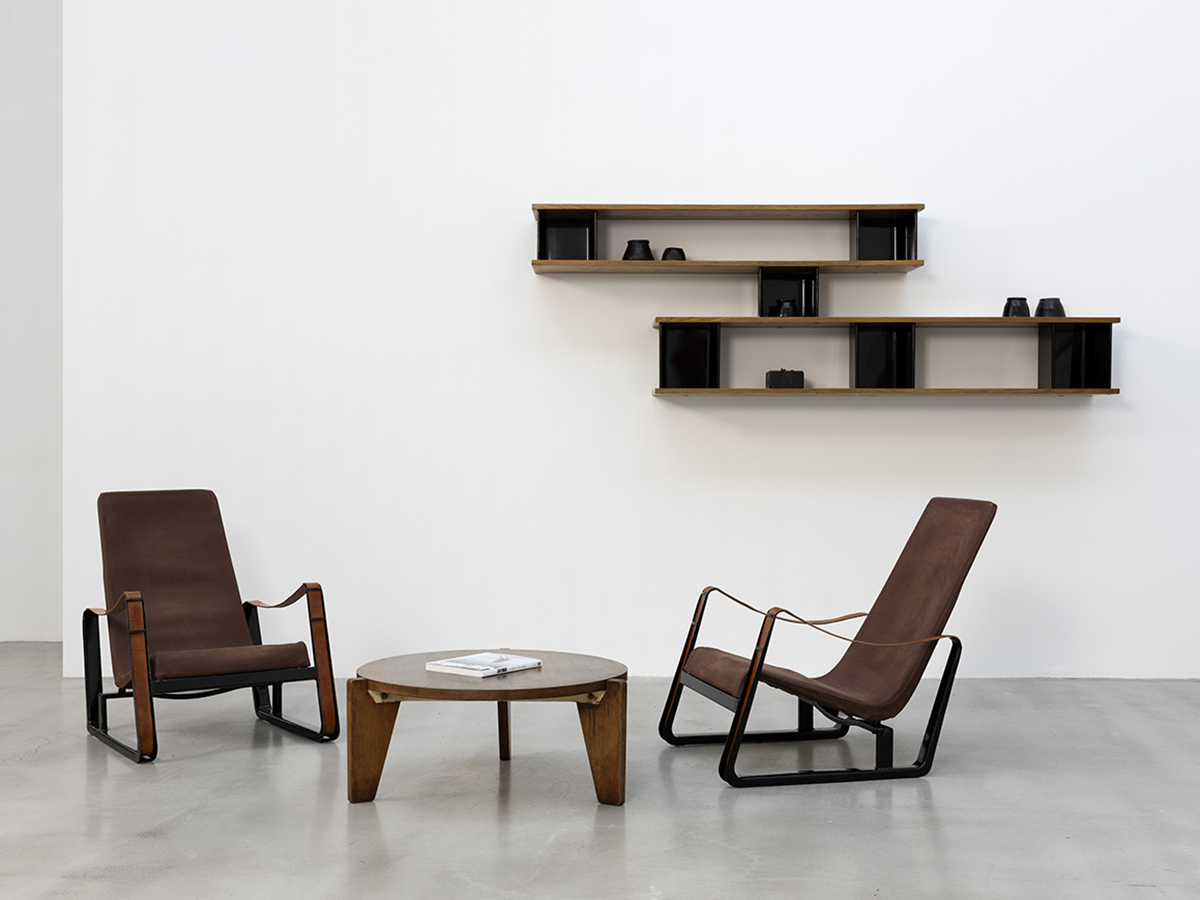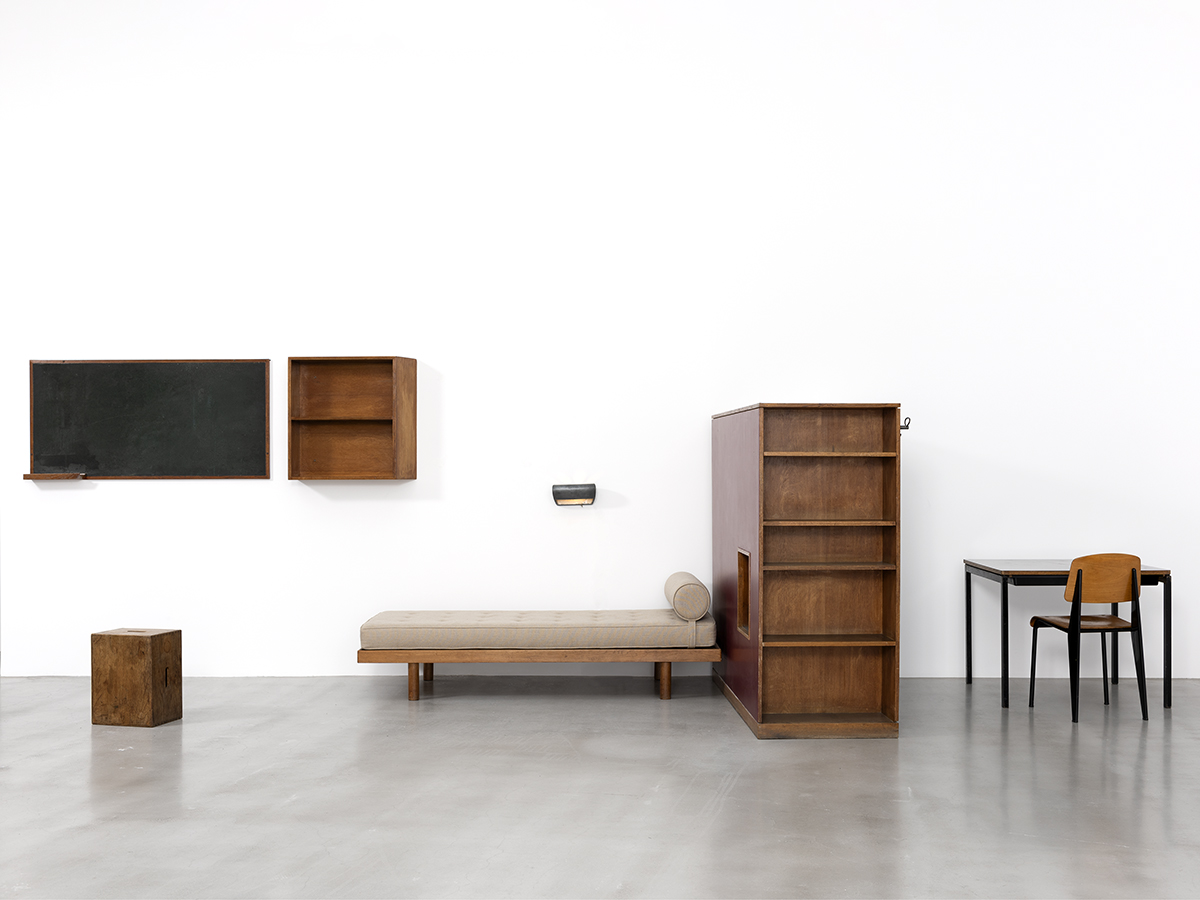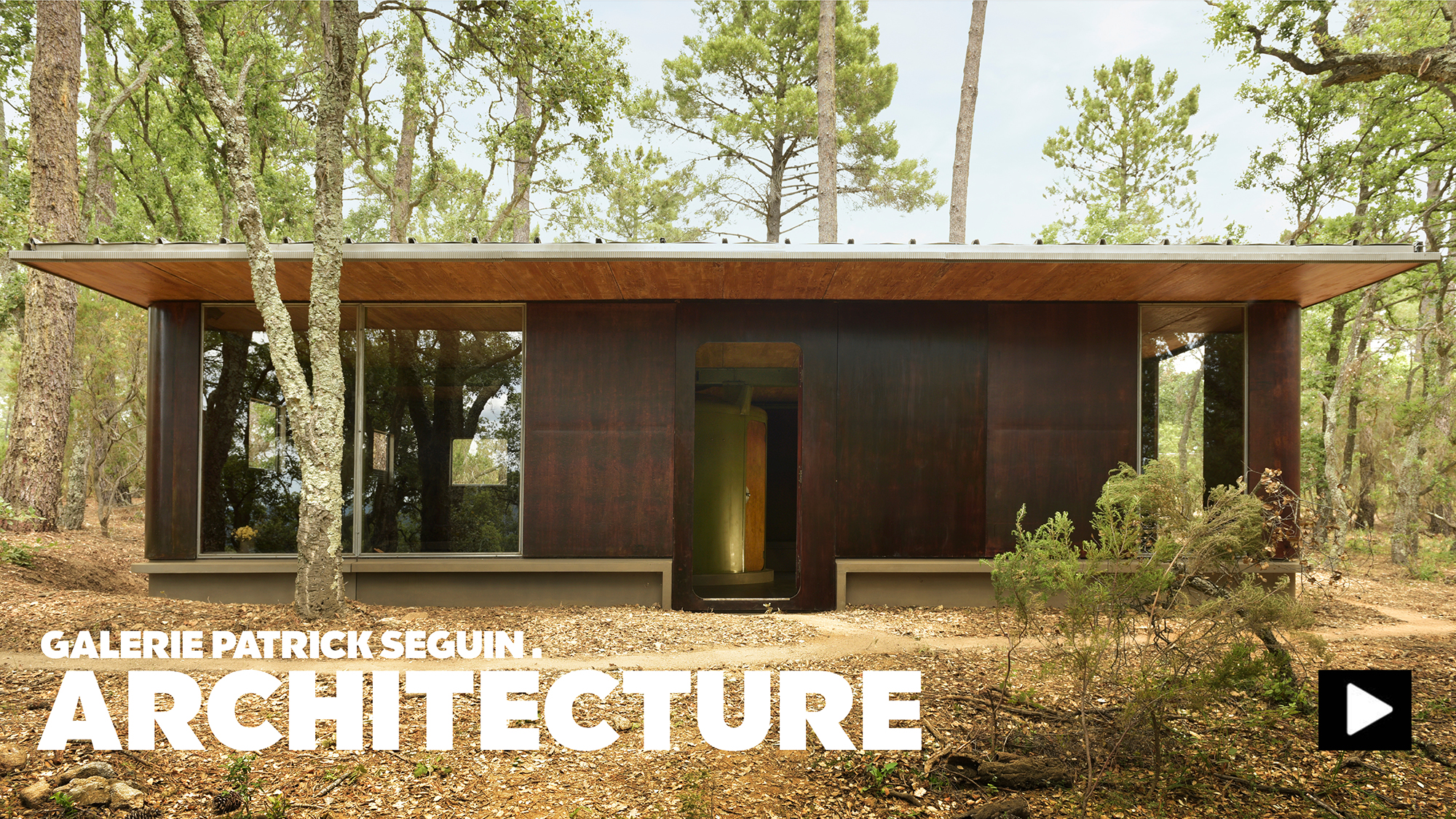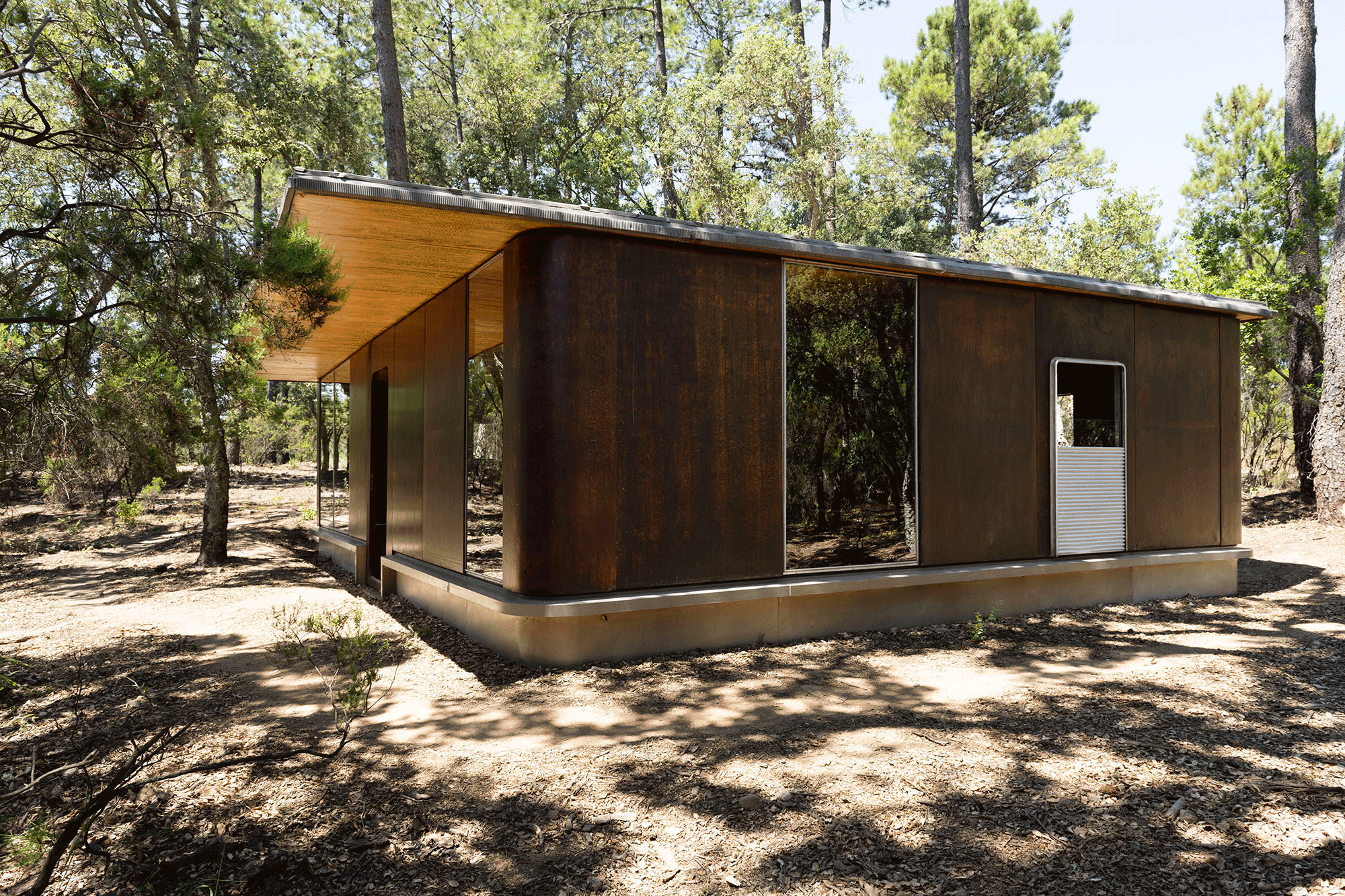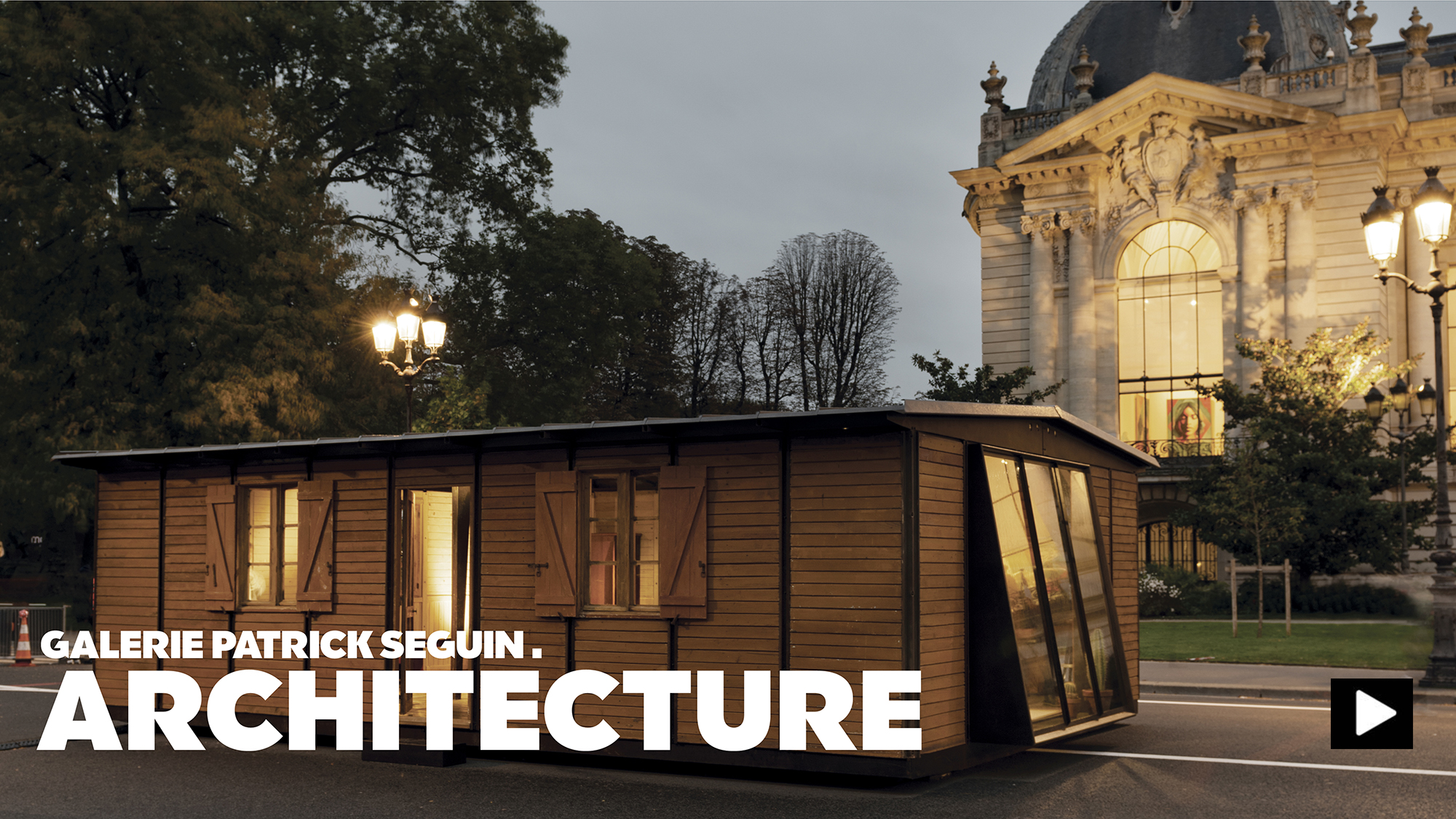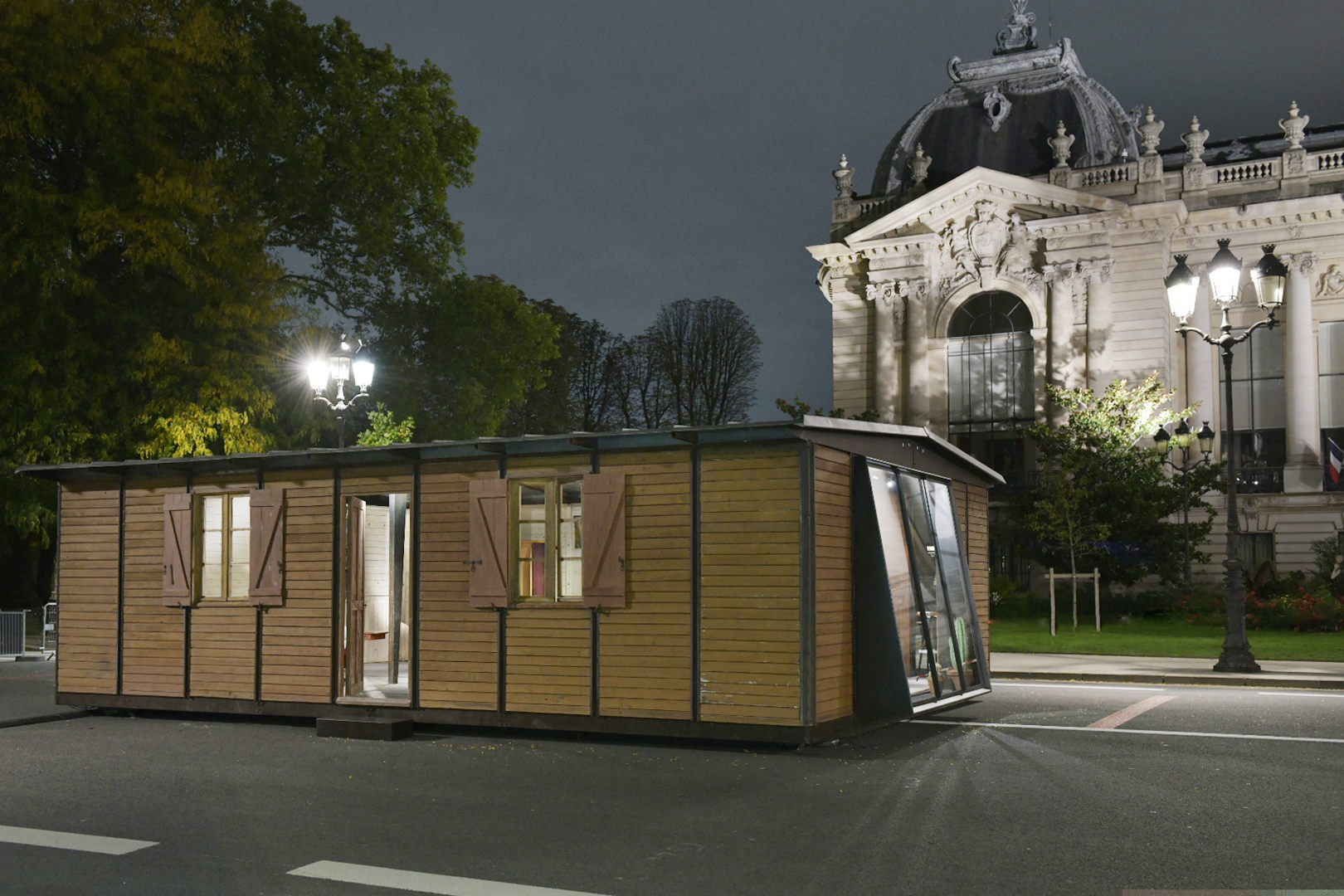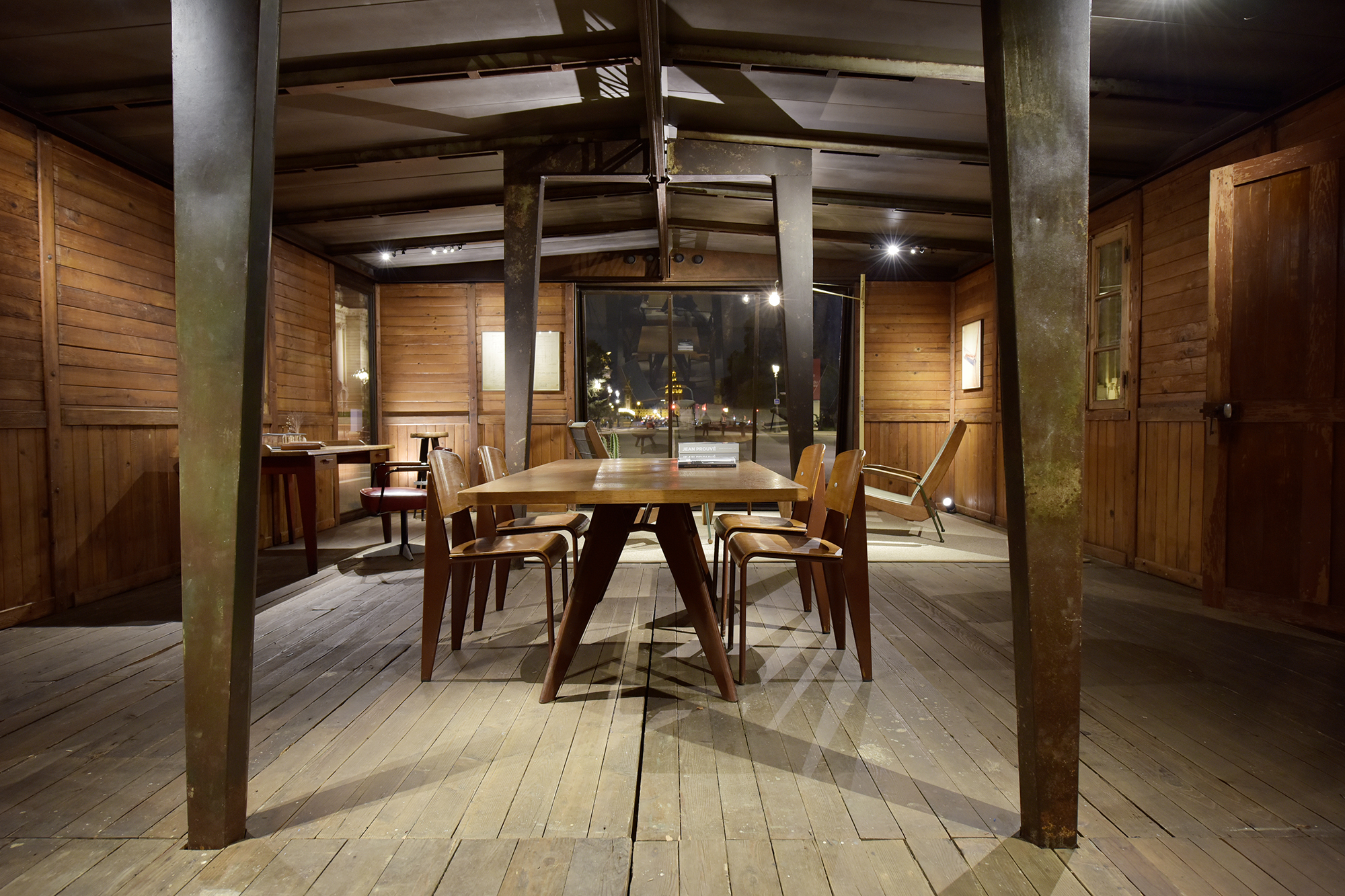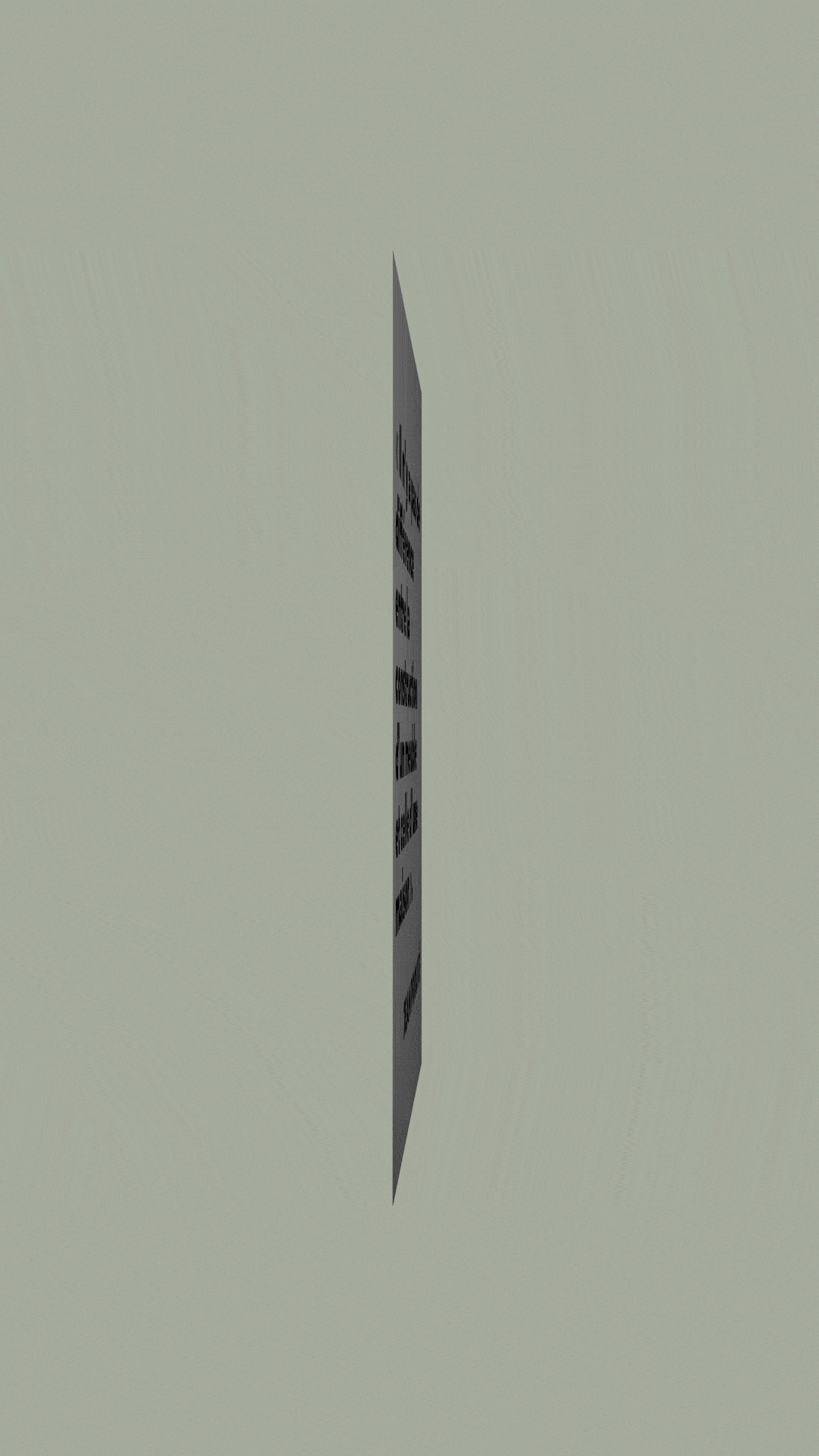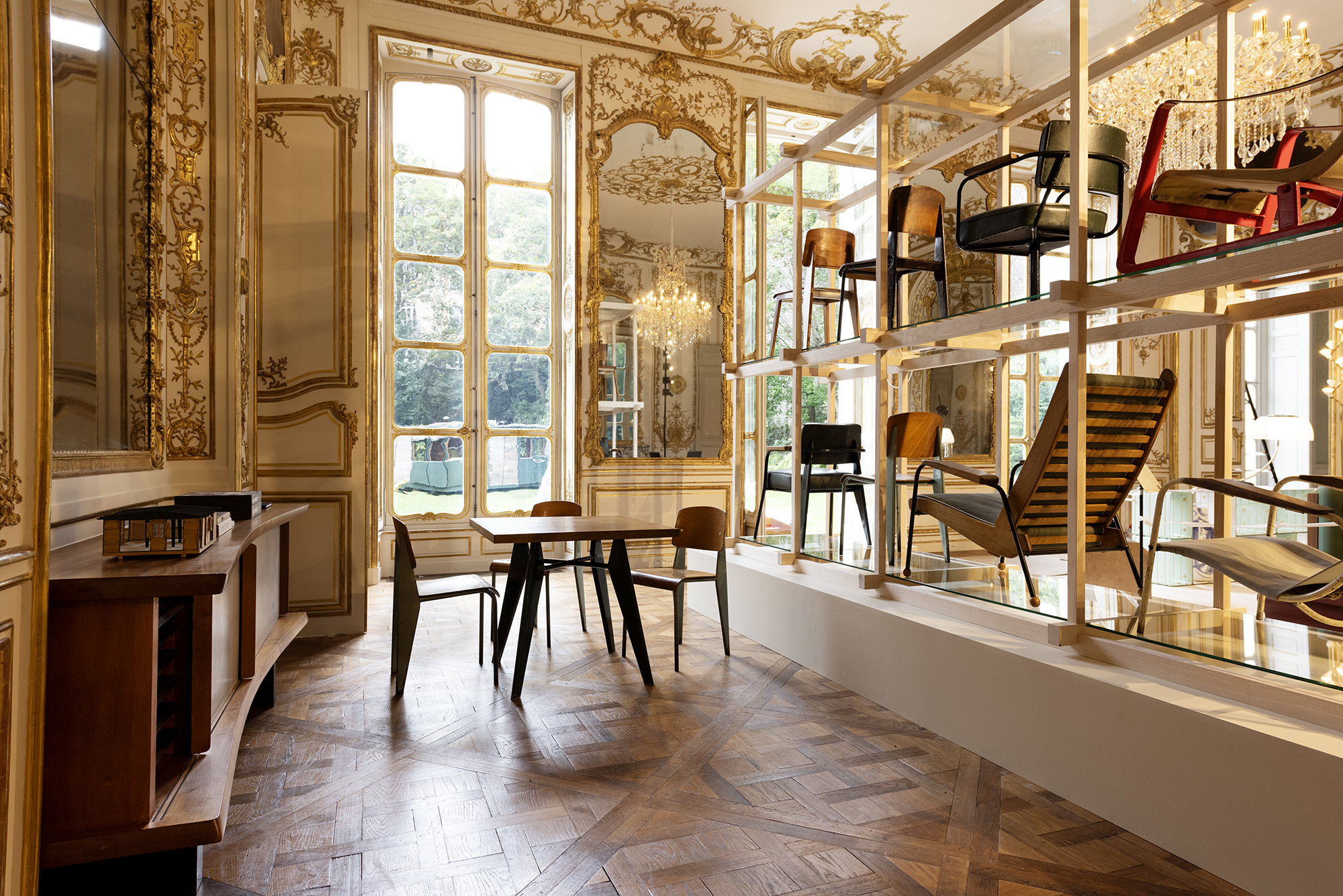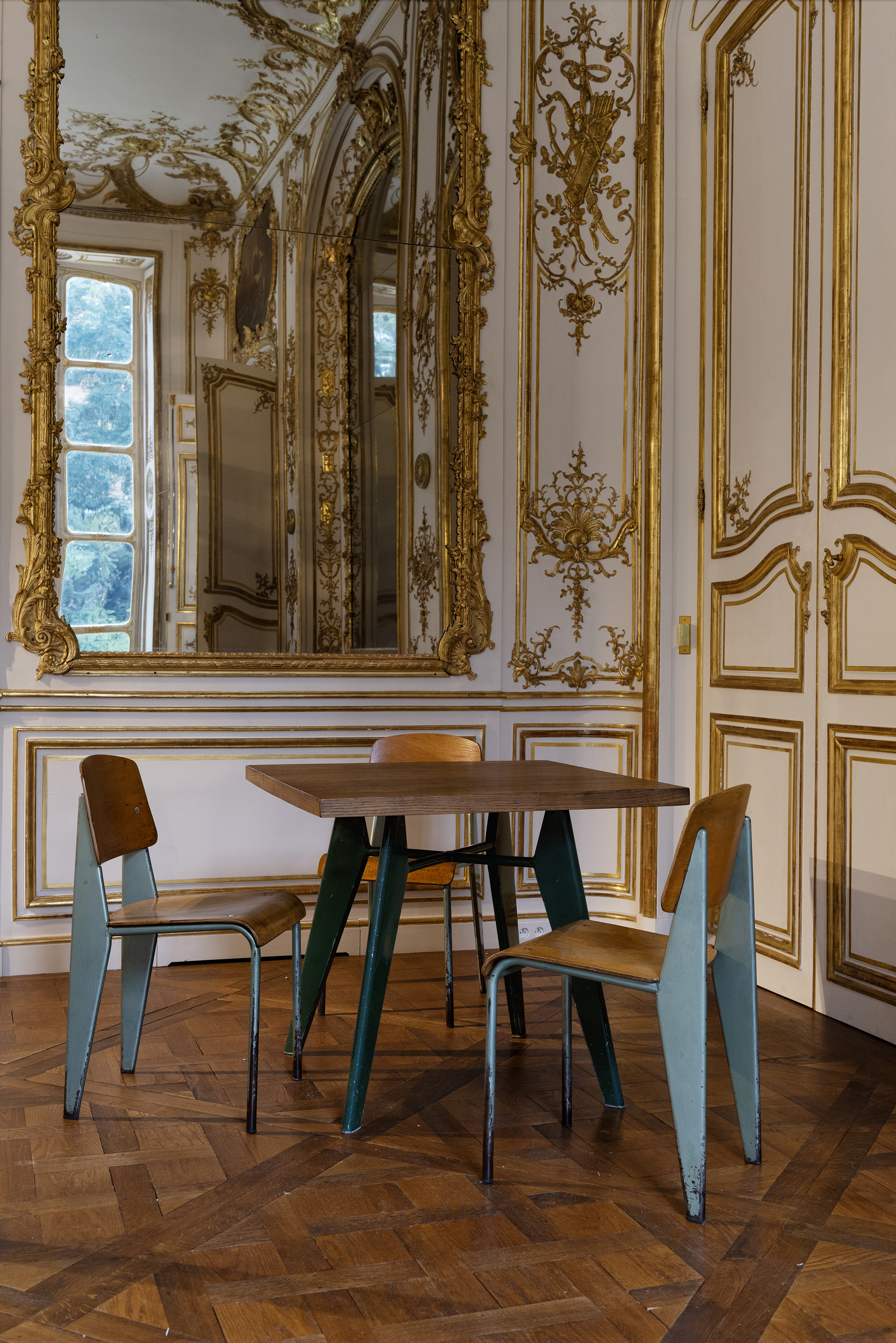GALERIE PATRICK SEGUIN announces the release of an exclusive video on its YouTube channel, featuring the “Better Days” House, designed by JEAN PROUVÉ in 1956.
This stop-motion video, created during the set-up of the house, immerses you in the fascinating construction process of this demountable house. Each step is revealed, showcasing the ingenuity of Prouvé’s construction system.
The “Better Days” House, designed by Jean Prouvé, perfectly summed up the notion of the industrially produced detached dwelling—lasting, light, economical and comfortable—that he had been working on for almost twenty years. The project also illustrated the constructor’s reactivity. Faced with the urgency of the situation caused by the housing crisis, in just a few weeks he perfected a model combining his earlier experiments with an innovative building technique and the latest materials.
The construction approach was based on a concept devised with architect Maurice Silvy at Prouvé’s factory in Maxéville in 1952. On a dished concrete base was placed a prefabricated steel central unit housing the kitchen, bathroom and toilet; supporting a pressed steel beam, the unit constituted the substructure. The shell was made of thermoformed wood sandwich panels and the roof of aluminum slabs that also extended out to cover the porch. The public was as enthused by the idea as practicing architects, but this 57m² (613 sq ft) house that took seven hours to assemble was too revolutionary for its time: the official approval needed for industrialization was not granted, and only five were ever built.
For inquiries about this historic demountable architecture, please send us an email at info@patrickseguin.com.
Watch the vidéo and subscribe to our channel to not miss anything!

